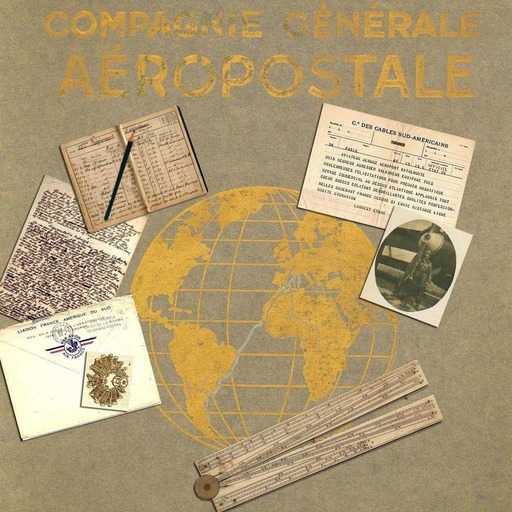Melvyn Bragg and guests discuss the Bauhaus which began in 1919 in Weimar, Germany, as a school for arts and crafts combined, and went on to be famous around the world. Under its first director, Walter Gropius, the Bauhaus moved to Dessau and extended its range to architecture and became associated with a series of white, angular, flat-roofed buildings reproduced from Shanghai to Chicago, aimed for modern living. The school closed after only 14 years while at a third location, Berlin, under pressure from the Nazis, yet its students and teachers continued to spread its ethos in exile, making it even more influential.
The image above is of the Bauhaus Building, Dessau, designed by Gropius and built in 1925-6
With
Robin Schuldenfrei Tangen Reader in 20th Century Modernism at The Courtauld Institute of Art
Alan Powers History Leader at the London School of Architecture
And
Michael White Professor of the History of Art at the University of York
Producer: Simon Tillotson


 Emissions
Emissions





